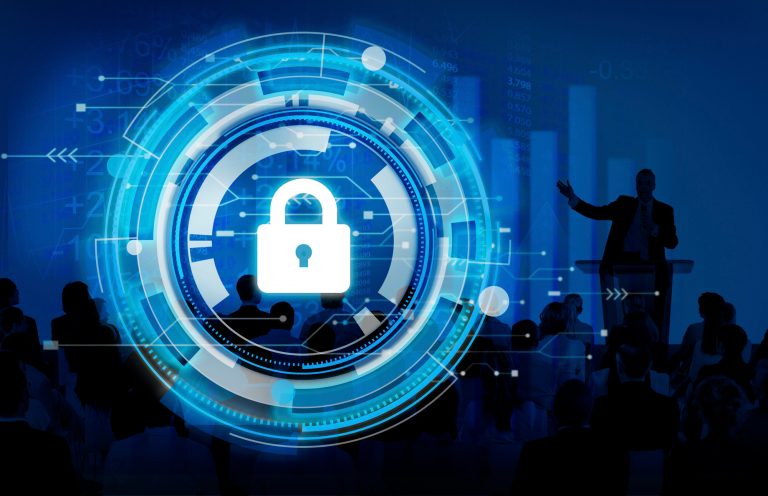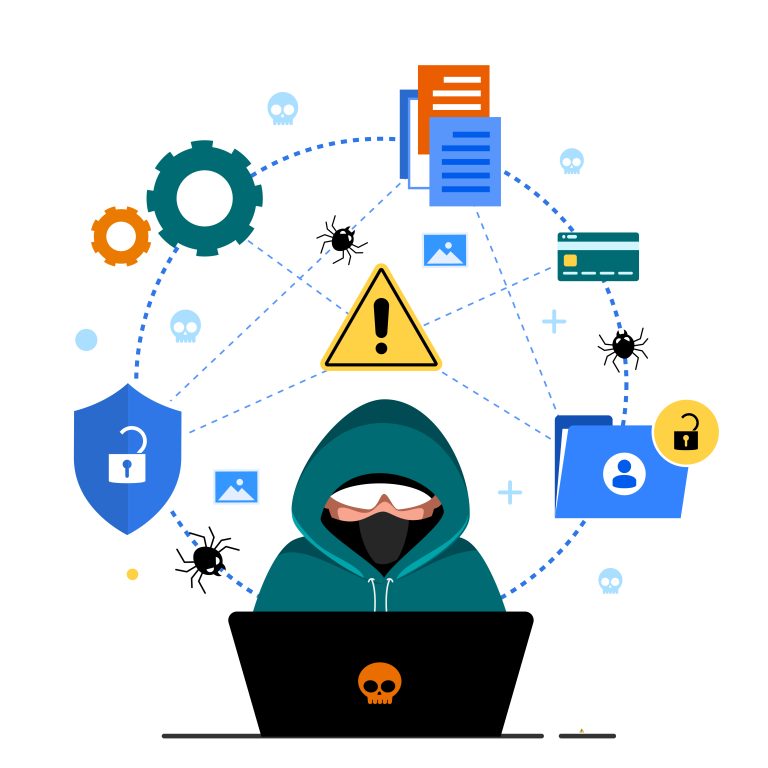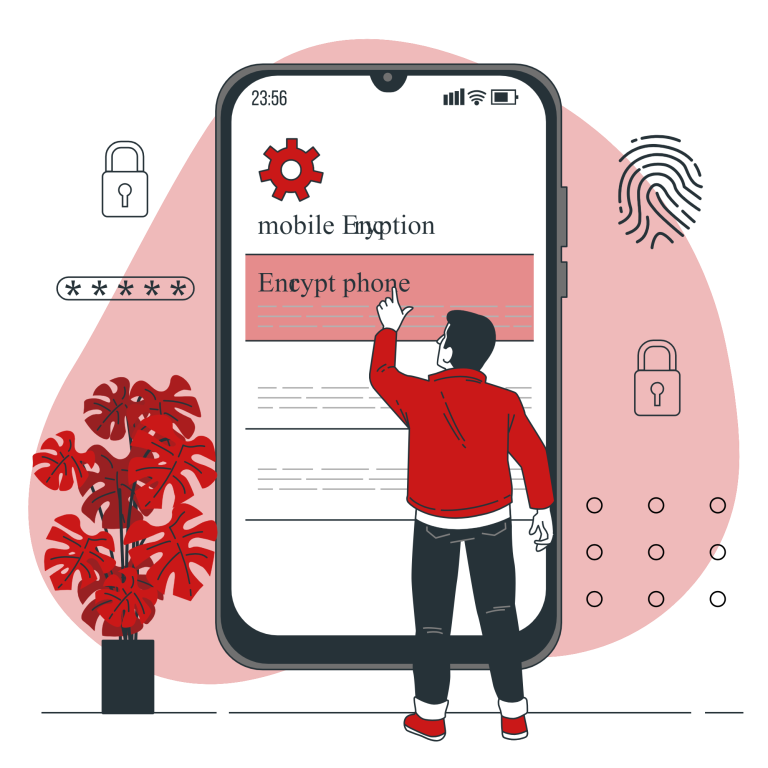Introduction
In an era where technology is woven into the fabric of everyday life, cybersecurity has emerged as a vital aspect of our digital existence. As we rely on the internet for communication, financial transactions, and access to information, the need to safeguard our online presence from cyber threats has never been more critical. In this comprehensive guide, we will explore the multifaceted world of cybersecurity, delving deeper into various threats, understanding defense mechanisms, and equipping ourselves with practical steps to protect our digital assets.
Understanding Cyber Threats
- Malware – A Silent Intruder:
- Malware, short for malicious software, encompasses various forms like viruses, worms, Trojans, and spyware. These intrusive programs exploit vulnerabilities in systems to gain unauthorized access, steal information, or cause damage.
- Phishing – The Deceptive Art:
- Phishing attacks involve fraudulent attempts to deceive individuals into revealing sensitive information, often via deceptive emails or websites masquerading as legitimate sources.
- Ransomware – Held Hostage:
- Ransomware is a particularly menacing form of malware that encrypts a victim’s data, rendering it inaccessible until a ransom is paid to the attacker.
- Social Engineering – Manipulating Humans:
- This tactic relies on manipulating human psychology to trick individuals into divulging confidential information or performing certain actions that compromise security.
- DDoS Attacks – Overwhelming the System:
- Distributed Denial of Service (DDoS) attacks flood a network or website with a massive volume of traffic, rendering it unavailable to legitimate users.
- Insider Threats – The Enemy Within:
- Sometimes, the most significant security risks arise from within organizations when disgruntled employees or contractors misuse their access for malicious purposes.
The Pillars of Cybersecurity Defense
- Firewalls and Intrusion Detection Systems (IDS):
- Implementing firewalls and IDS helps monitor and control incoming and outgoing network traffic, filtering out potentially harmful data.
- Encryption – Locking Data Safely:
- Employ strong encryption protocols to protect sensitive data, both when stored and transmitted. This ensures that even if data is intercepted, it remains indecipherable to unauthorized parties.
- Antivirus Software – The Watchful Sentry:
- Install reputable antivirus software to detect and remove malware from your devices. Keep it updated to stay protected against the latest threats.
- Security Patches and Updates:
- Regularly update your operating systems and software to patch vulnerabilities that cybercriminals may exploit.
- Security Awareness Training:
- Educate employees, family members, and yourself about cybersecurity best practices and potential threats to foster a security-conscious culture.
- Backup and Recovery Solutions:
- Regularly back up your important data to an external source, allowing you to recover critical information in case of a cyber incident.
Promoting Cybersecurity Hygiene
- Password Management:
- Use a password manager to generate and store complex, unique passwords for each account. Enable MFA wherever possible to add an extra layer of protection.
- Wi-Fi Security:
- Secure your home Wi-Fi network with a strong password, WPA2 or WPA3 encryption, and disable remote administration features.
- Email Vigilance:
- Be cautious of unsolicited emails, especially those with attachments or suspicious links. Verify the sender’s authenticity before clicking on anything.
- Privacy Settings:
- Review and adjust privacy settings on social media platforms and applications to limit the information visible to the public.
- Keep Personal Information Private:
- Avoid sharing sensitive information like Social Security numbers, bank details, or passwords via email or phone calls.
Conclusion
As technology continues to evolve, so will the threat landscape. Cybersecurity is an ongoing commitment to safeguarding our digital realm, protecting ourselves, our businesses, and our society as a whole. By understanding the various cyber threats, implementing strong defense mechanisms, and cultivating cybersecurity hygiene, we can fortify our digital fortresses and preserve the sanctity of our online identities. Remember, cybersecurity is a shared responsibility, and together, we can build a safer and more secure digital future.



